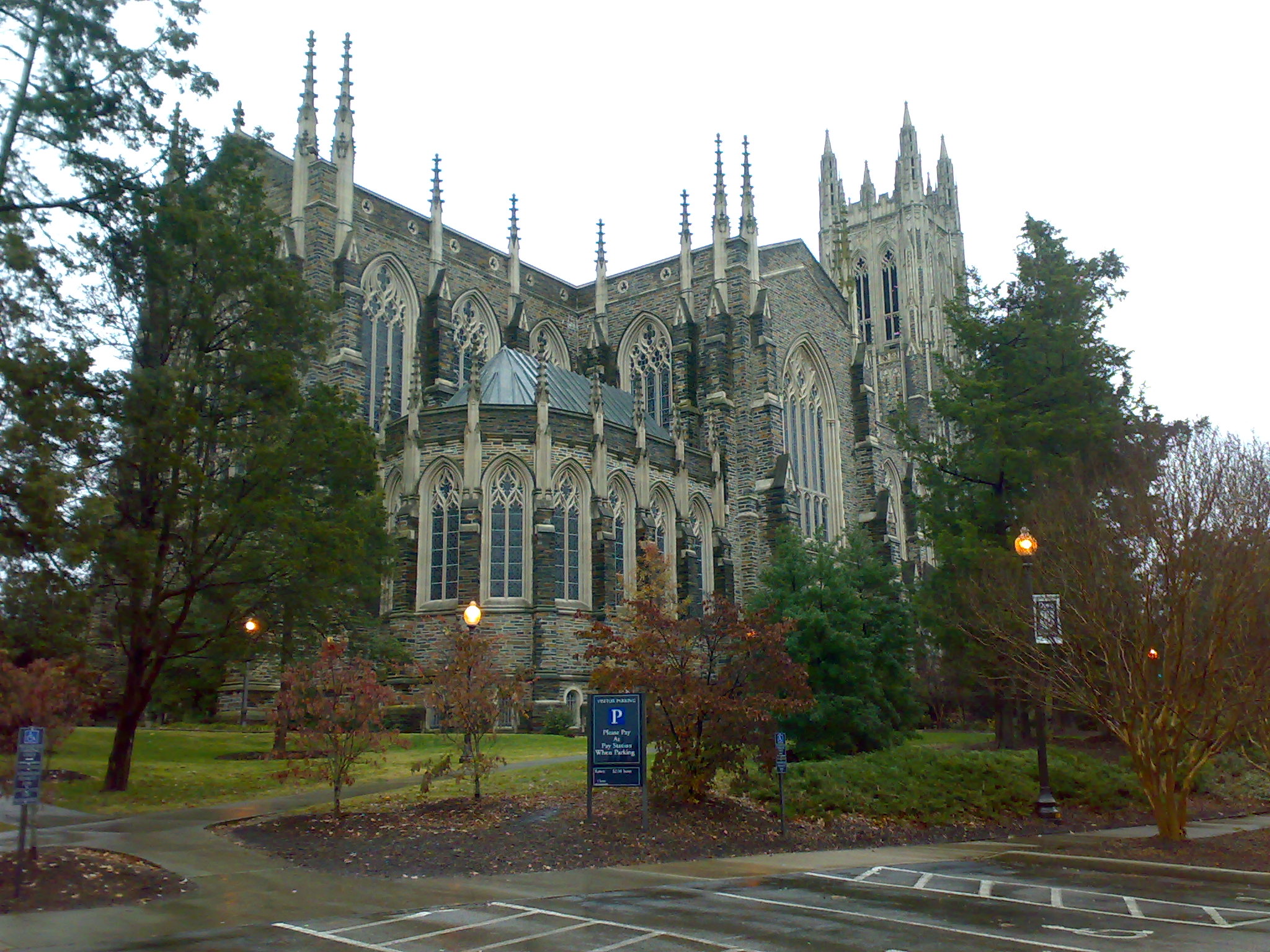Since the Great Recession that began in 2008, public colleges and
universities are under increased financial pressure caused by reduced state and
local government support. At the same time, private colleges and universities,
especially those who are not in the elite class - also find themselves in
financial straits as median US family income stagnates while their costs and
the cost of attendance has continued to escalate faster than overall consumer
prices. Although all of these
institutions have reacted by dramatically raising tuition and student charges,
this strategy has resulted in higher student debt and push back from students,
parents and government leaders.
To balance the books, any organization has two choices - increase
revenue or decrease costs. Most college
leaders argue that it is very difficult to do reduce or significantly moderate
the growth in expenses since their costs are driven primarily by employee
salaries that typically constitute eighty to eighty-five percent of their
budgets. Thus most Americans believe,
not incorrectly, that the cost of college, like health care, is out of control.
Many companies have discovered ways to utilize the creativity of
their employees to improve efficiency while reducing costs. The secret is to
implement an idea system that encourages employees to make suggestions of how
to change operations, usually in an area that the employee has direct knowledge
and engagement. Organizations that have
adopted idea systems include major manufacturing concerns, airlines, banks, hotels and health care organizations.
Why has higher education been resistant to this possibility? To quote Tevya from the play Fiddler on the
Roof, TRADITION. As Roger Moe, a
Minnesota State Legislator observed, " Higher education is a thousand
years of tradition wrapped in a hundred years of bureaucracy. Mr. Moe was accurate: the oldest continuing
operating university in the world is the University of Bologna founded in
1088. And even in the United States, a number of major universities trace their origins from well before the American
revolution of 1776 including: Harvard founded 1636, William and Mary 1693, St. John's College 1696,Yale University 1701, University of Pennsylvania 1740, Moravian College 1742, University of Delaware 1743 and Princeton University 1746.
Moreover, all American Institutions of higher education trace
their origins to the Middle Ages witnessed by graduation ceremonies that
display medieval gowns, hats and decorations.
Tradition takes other forms in American higher education. The
curriculum, especially that in the liberal arts harkens back to the Middle Ages
as well as the organization of these institutions with the primacy of the
faculty, the separation into distinct disciplines, the collection of credit
through a series of courses. That is not
to say that many of these traditions are useful and even essential to the
well-functioning of institutions that have survived for decades and
centuries. However, tradition
accompanied by inertia is a powerful force to resist change.
Motivated by the desire to improve the education for our students
while controlling costs, for over two years, Springfield Technical Community
College has been experimenting with an idea system. While the President of the college proposed
adopting this initiative, some cherished management views often not explicitly
stated had to be jettisoned. The most
significant was the principle that the administrators and the faculty in the
area of instruction understood how to run an effective institution. From this
perspective, the administration responsible for the institutions finances, had
the knowledge and tools to advance efficiency and find ways to control
costs. How could this not be true? A look at the pyramid below is
instructive. This diagram shows the
organization as consisting roughly of 20% managers and supervisors, and 80% of
employees who provide direct service to students and internal customers -
faculty, counselors, student support staff in the registrar's office,
admissions and financial aid, counselors, maintenance personal,
custodians. This is not an exhaustive
list but should include all employees who see individual transactions between
their departments or offices and students or other constituents including
parents.

Now here is the crucial observation. Administrators by and large do not see individual transactions, the ongoing work of the organization such as the interaction between students and faculty in the classroom, the communication about an individual application with the financial aid office and the like. Administrators see rolled up data, aggregated information such as the total number of students in a particular major, the number of students who received financial aid. If these numbers are stable or increasing, the administration is generally pleased. However, administrators, those in the twenty percent of the pyramid, are not privy to these individual transactions and therefore cannot suggest incremental improvements. The people on the front lines, the eighty percent can do that. And since they do most of the work and make up the greater part of the organization, their creativity and willingness to seize opportunities for improvement can over the long term cause improvements.



.jpg)







